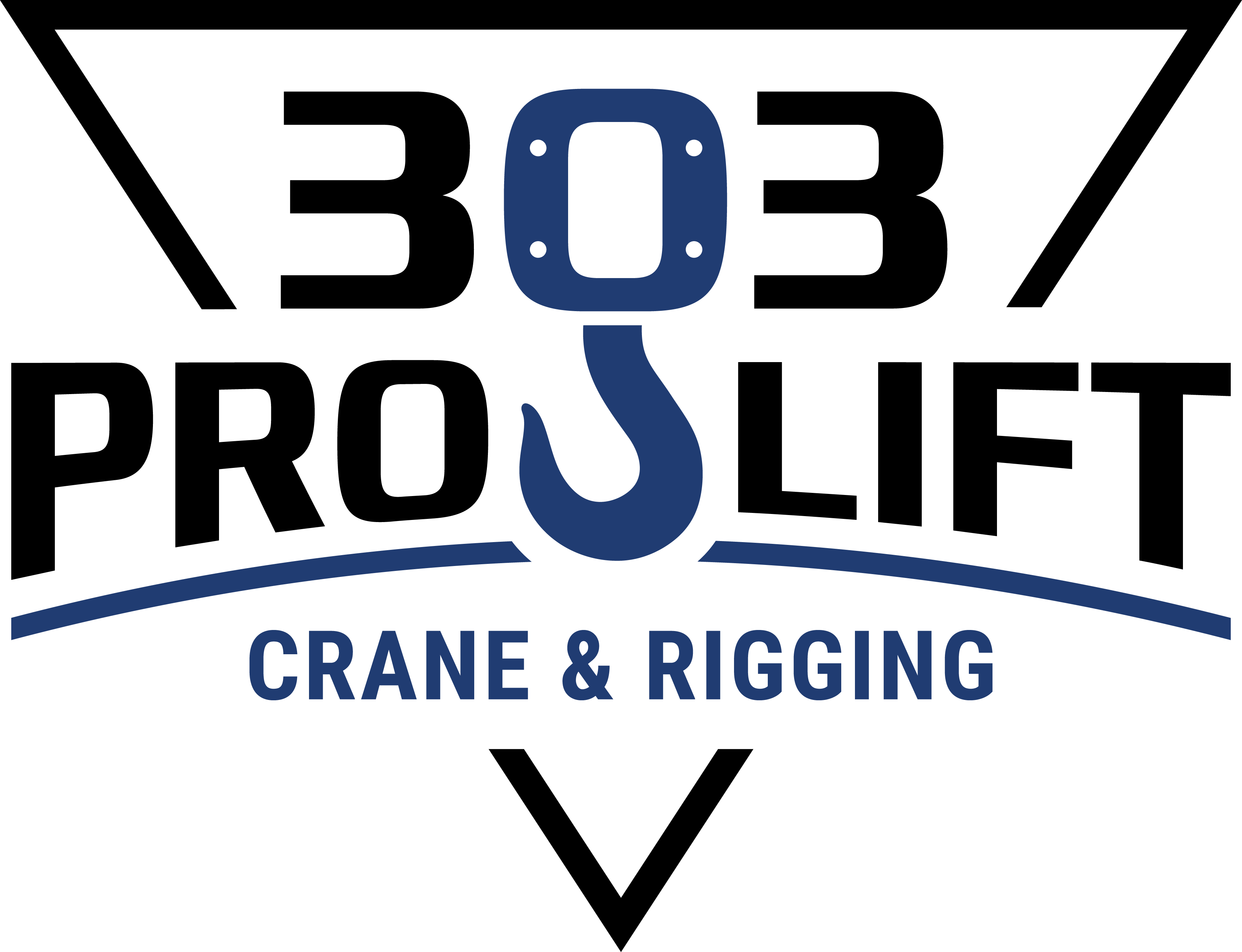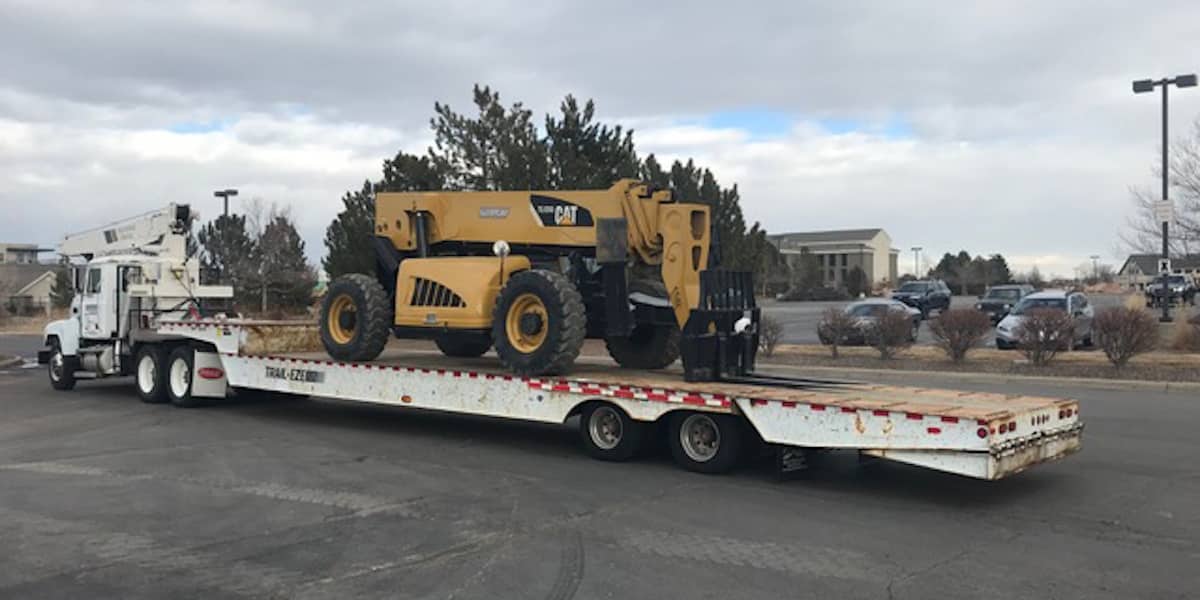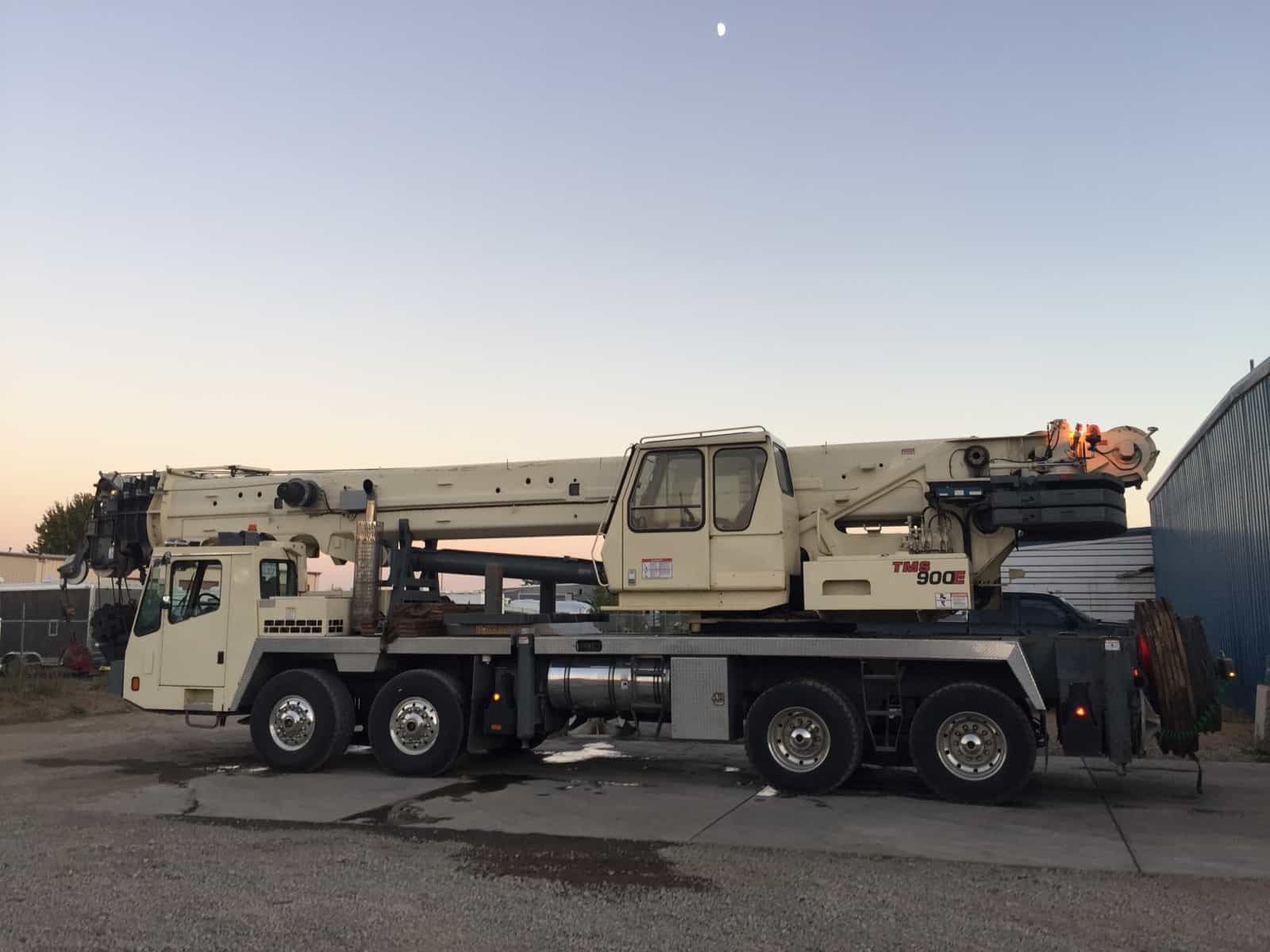Rigging is the most imperative aspect of lifting loads during various crane operations. Even with the safest crane and equipment, rigging always plays a major role in ensuring smooth crane operations and improved security.
Individuals responsible for carrying out rigging should be experienced professionals, who thoroughly understand the rigging and its procedures. Safety is the most significant aspect of rigging. After all, the main purpose of rigging is to help reduce or eliminate injuries and accidents.
The following are the six most important rigging hardware used for crane operations.
Rigging Hooks
Hooks used in rigging are designed to lift heavy objects and eliminate slippage, depending on the materials being moved. Rigging hooks are made of forged alloy steel and chosen based on safe weight load indication and have multiple types: sorting, eye, clevis grab and choker. Hooks are available based on throat, or hook opening, size and range from 5/8″ to 1 17/32″.
Shackles
Loads exceeding 6,000lbs may require shackles, which are forged with alloy pins and can accommodate loads up to 11,000lbs. Shackles are available in sizes from 3/16″ to 2 ½” and come in anchor or chain types. Screw pin, round pin and safety type anchor and chain shackles are available.
Eye Bolts & Steel Nuts
Selection of eye bolts depends on angle loading factors, typically 30, 60 or 90 degrees. Eye bolts are commonly used for looping cable or wire and thus must be strong enough to accommodate the required load. Different types of straight and shoulder eye bolts are used in rigging equipment including nut, eye, machinery and screw which vary in size from 1/4″ to 2″. Nuts are used in conjunction with eye bolts and are made of steel. The dimensions chosen for both eye bolts and nuts are dependent upon the load’s weight, shape and specifications.
Wire Ropes
Large materials can be moved with wire ropes and slings. The most commonly used wire ropes are fortified by multiple strands of stainless steel or carbon steel wire ropes arranged in a helix pattern. Wire ropes can be coated or not, galvanized and are available in multiple specifications. The most common classifications are 6×26, 7×7 and 7×19.
Synthetic Slings
Used in conjunction with wire ropes, slings are available in endless and eye-and-eye styles. Synthetic material is used to create the sling itself while eye-and-eye slings feature metal triangular ends with or without a choker. Some eye-and-eye slings do not have metal triangle loops; instead, they feature a flat or twisted eye that is also made of synthetic material.
Pulleys & Blocks
A requirement for very heavy loads, lifting blocks and pulleys mitigate weight to simplify the process of maneuvering heavy objects. The most common type of block is the snatch block, but other options include tilt-up blocks and logging blocks. Wire rope is typically used with blocks. Blocks are easy to deploy and available in multiple sizes to accommodate up to 30 tons. Pulleys, available in single and double types, are often used with synthetic rope and typically carry lighter loads than lifting blocks. Pulley selection is based on rope, frame and sheave size.





